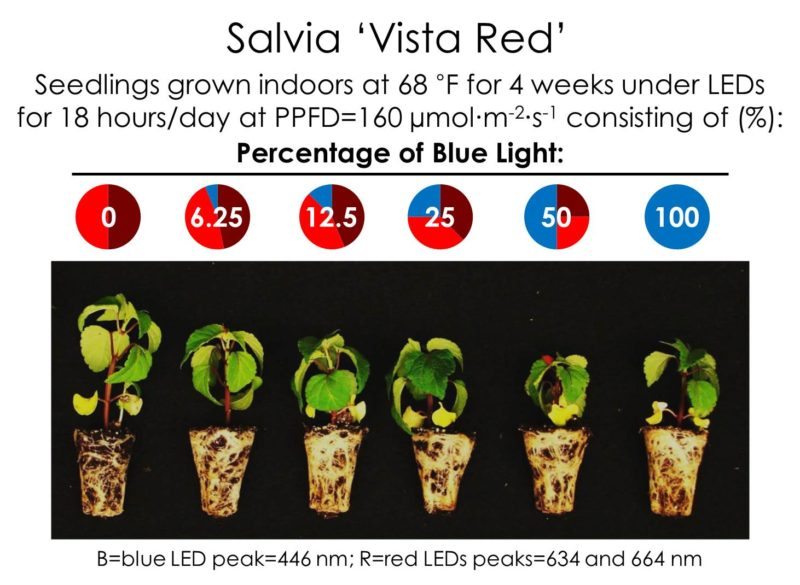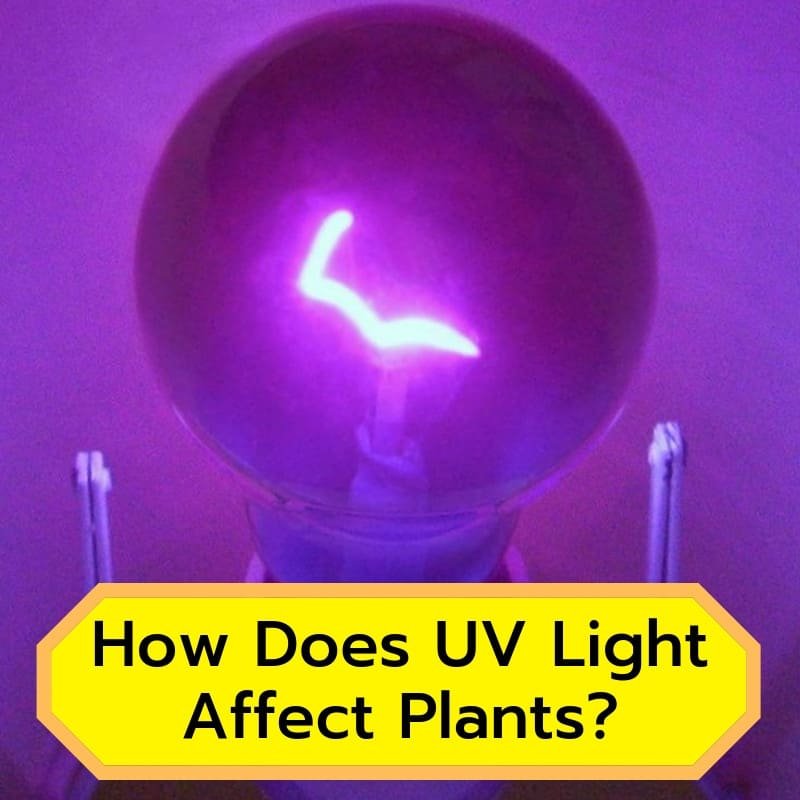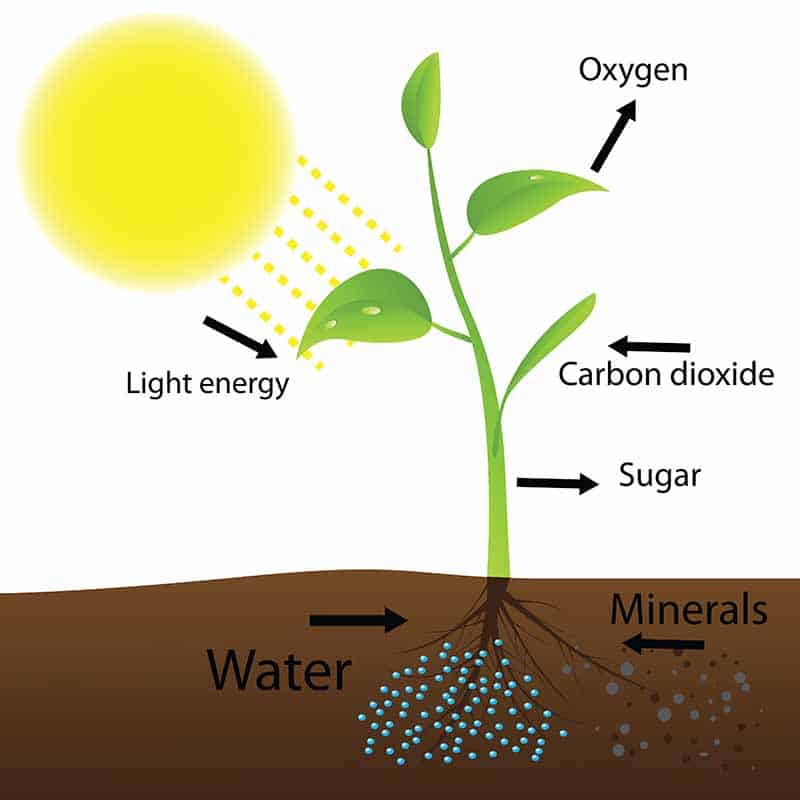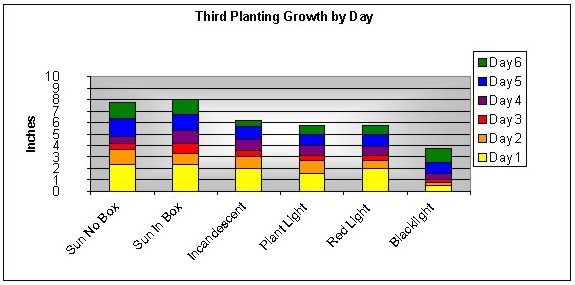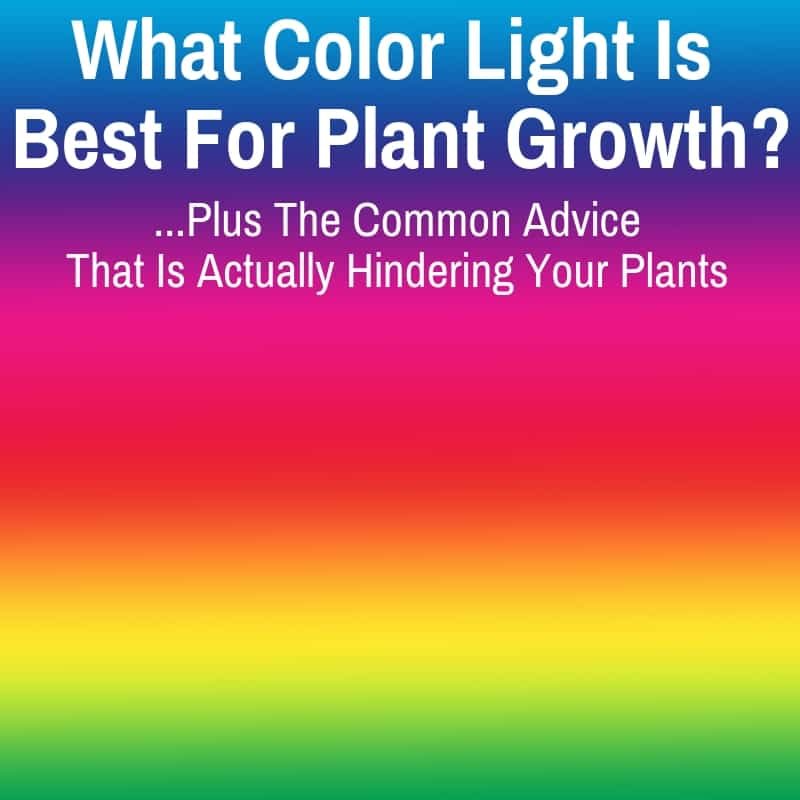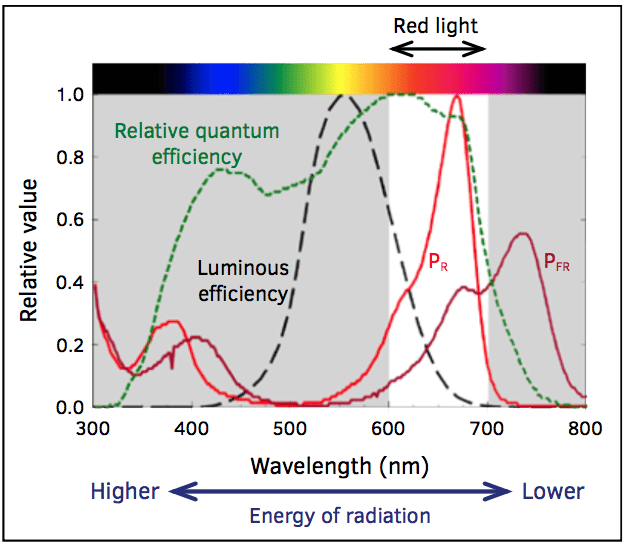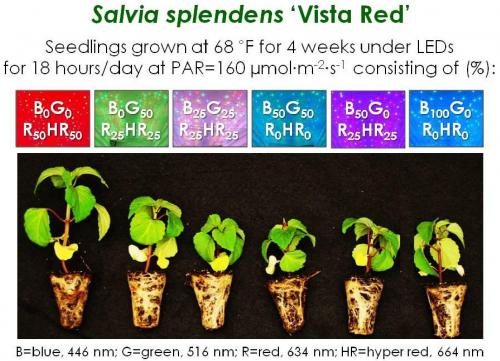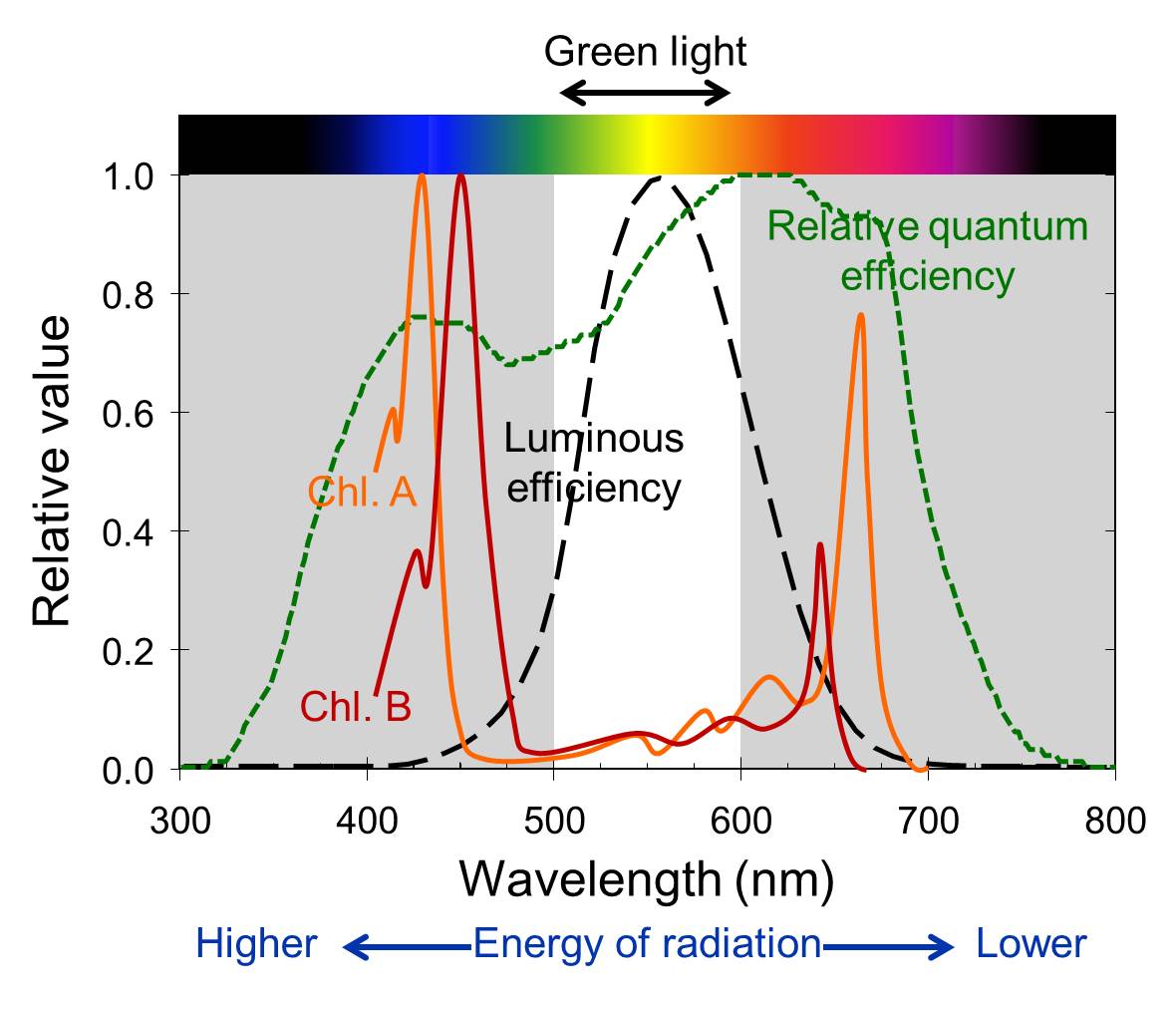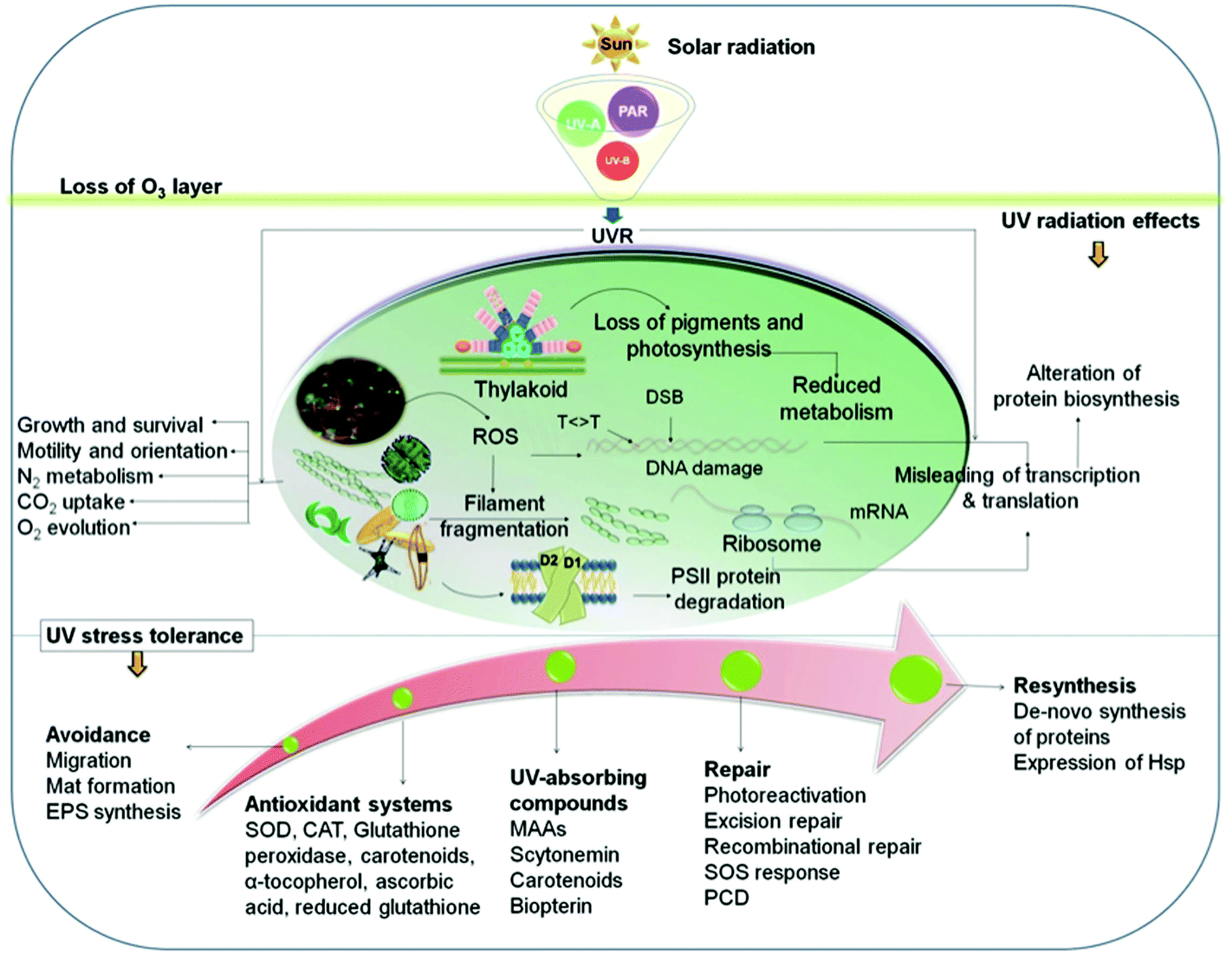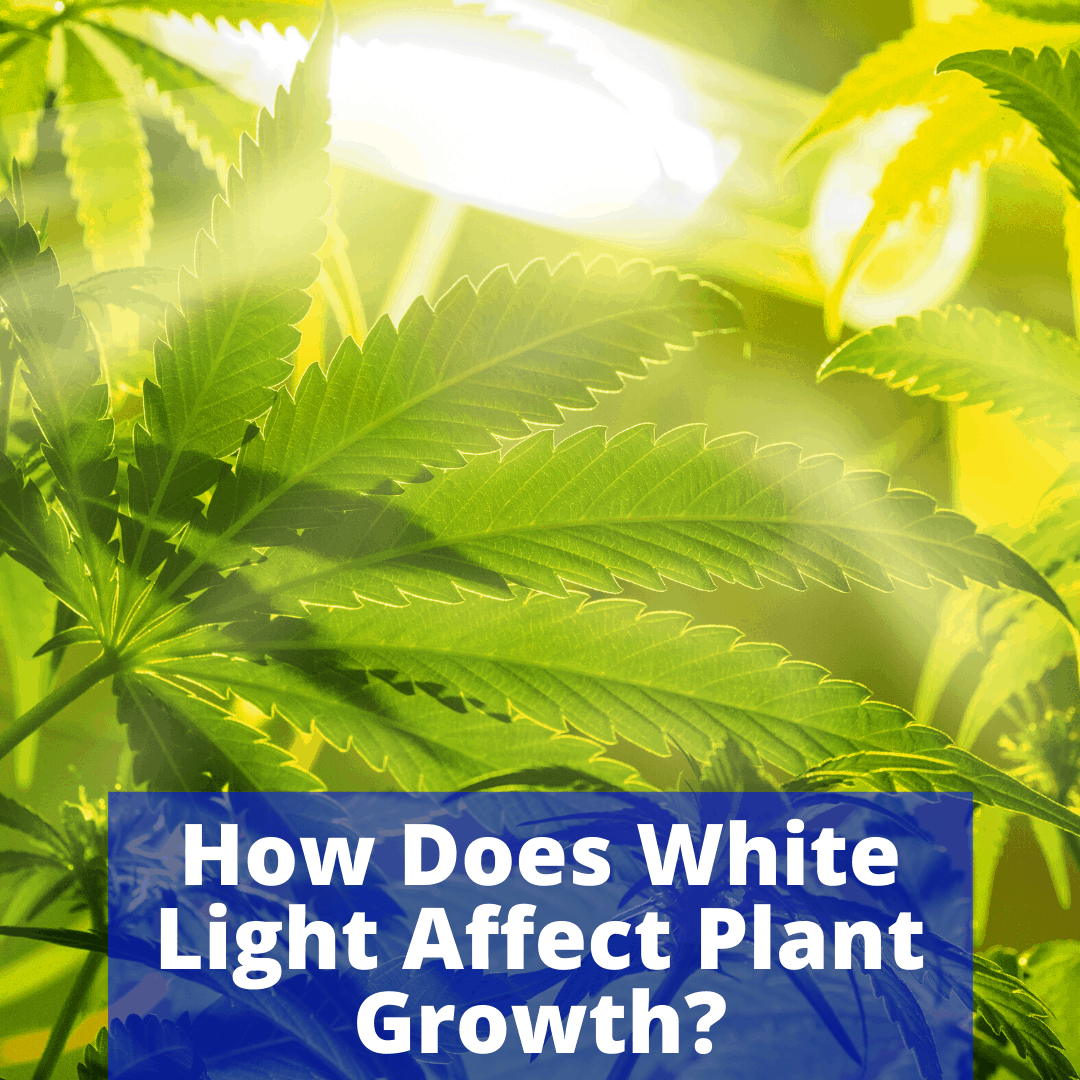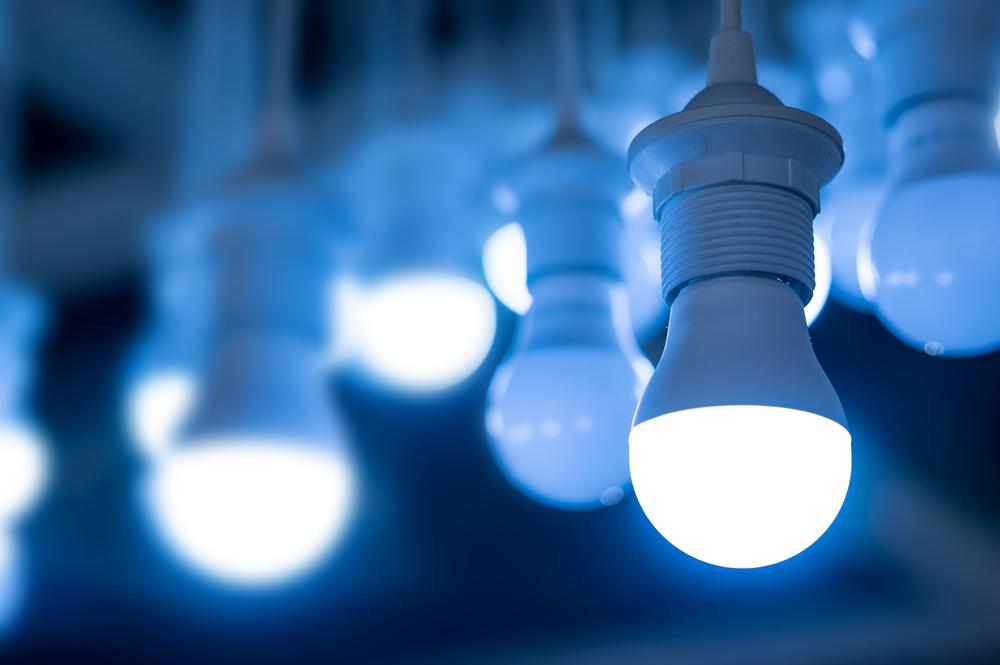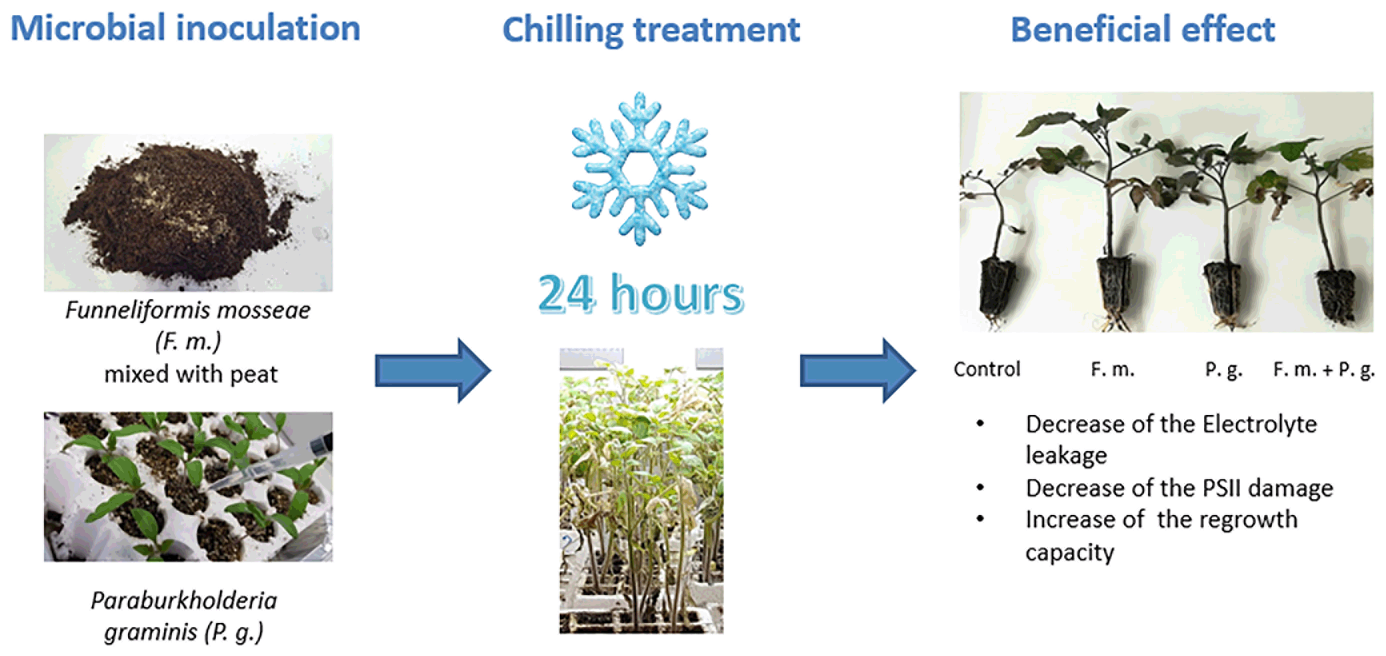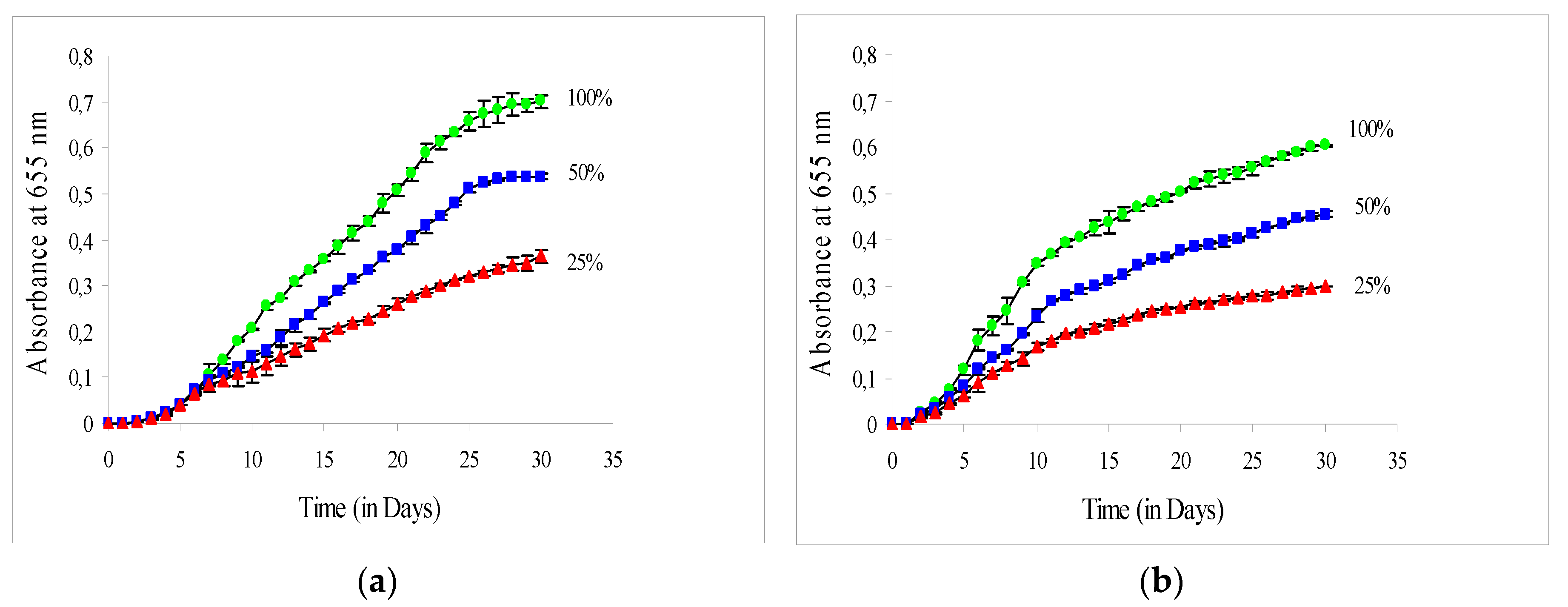Effect Of Uv Light On Plant Growth Experiment

The uv b spectrum also offers a bit of natural protection against fungal infection and unwanted pests.
Effect of uv light on plant growth experiment. The glucose is then broken down by organelles called chloroplast and provide the energy needed to grow and repair plants. Concomitantly the amounts of solar uv b radiation reaching the earth s surface is increasing. Is uv b harmful to humans. Uv b radiation has been shown to be harmful to living organisms damaging dna proteins lipids and membranes.
Ultraviolet 20nm to 380 nm being exposed to uv light for a long period of time has harmful effects on humans. Likewise exposure for a long time to this type of light will damage the plants that you are growing a study conducted demonstrated that plants raised without exposure to uv light exhibited enhanced growth. Purchase six lettuce plant seedlings from a plant nursery or other source. Plants which use sunlight for photosynthesis and are unable to avoid exposure to enhanced levels of uv b radiation are at risk.
White light 3 plants have light receptors that detect visible light and generate a response. Light is made up of particles of energy known as photons. Uv light s effects on plant and animal life finally uv light is known to have some effects on animal life as well. Blue light photoreceptors absorb wavelengths of blue light and trigger a number of reactions in plants.
Alternately grow the plants from seed. In the end the uv light plants had grown taller than the sunlight plants. Through experimentation scientists have concluded that red light and blue light have the greatest effects on plant growth. Read about the positive and negative effects of ultraviolet radiation on plants.
This process creates a sugar called glucose and also produces oxygen. Develop a hypothesis to predict how increased ultraviolet radiation might affect lettuce plant growth. Ultraviolet light of the b variety encourages plants to produce their own natural sunscreen. The light energy from the sun then triggers a chemical reaction that breaks down the carbon dioxide and water molecules.
Its deadly effect is not limited to microscopic organisms though. Ultraviolet light is used to kill bacteria and other microscopic life forms. One key impact of uv b light is that it can impact the process of photosynthesis reducing the size productivity and quality of plants such as. Uv light can alter the composition of materials and conditions needed for photosynthesis the process plants used to grow.

